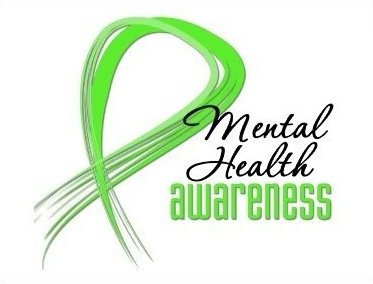Category: Health
Lindner Center of HOPE, Clinical Director and Family Therapist Child/Adolescent Services, Harold C. Schott Foundation Eating Disorders Program Clinical Consultant, Cincinnati Children’s Hospital and Medical Center at The Lindner Center of HOPE University of Cincinnati, Department of Psychiatry and Behavioral Neuroscience, Adjunct Instructor
Despite numerous recent advances in the field of brain research, our understanding of the principles that guide the development and operation of the brain and its complex functioning remains elusive. This is particularly true when attempting to understand a multi-faceted illness as anorexia nervosa (AN), however having a comprehensive grasp on the neurobiology on AN brain is mandatory for successful treatment. Thus, with the narrative below, we will be providing some fundamental assumptions about the neurobiology of AN brain, as researched extensively by Dr.W.Kaye.
In AN all body organs, including the brain suffer from malnutrition. Malnutrition affects all parts of the brain and especially the anterior insula. This region acts as the “brain switchboard” assuring that all parts of the brain adequately communicate with each other. The anterior insula plays a key role in the brain’s ability to recognize and process the connection between emotions and cognition and when affected in AN patient, presents with typical symptoms of altered taste, abnormal response to pleasurable foods and body distortions. The neurotransmitters dysregulations in AN are very complex and involve many systems, circuits and brain regions. To date, most research has focused on serotonin function and dopamine/reward systems function that are found to be compromised in AN as briefly outlined below.
Serotonin
Brain imaging studies suggest alterations of 5-HT1A and 5-HT2A receptors and the 5-HT transporterin AN. Dysfunctions of these circuits may affect mood and impulse control as well as the motivating and pleasurable aspects of food consumption leading to a dysphoric mood. In an attempt to reduce their dysphoric mood, the patients engage in dieting and exercise which results in malnourishment of the brain leading to the lowering of tryptophan and steroid hormone metabolism. This then reduces serotonin levels at these critical sites, further increasing dysphoric mood thus perpetuating starvation.This becomes a cyclical action as the patient tries to control their dysphoric mood while driving themselves deeper into the illness.
Dopamine and Reward System
Dopamine system dysfunction might contribute to altered reward and affect, decision-making and executive control, and decreased food ingestion in patients with AN. Dysregulation in this circuit might contribute to patients with AN not being able to correctly act on immediately important tasks but rather focusing on planning and remote consequences.
In conclusion, this is just a glimpse of the complex function of the Anorexic brain. Genetics, puberty, stress, trauma, cultural and social expectations as well as the temperament of the individual also play important roles in the development of AN in adolescents.
Ref: Kaye, Walter H., Fudge, Julie L., and Paulus, Martin. New Insights into symptoms and neurocircuit function of Anorexia Nervosa. Nature Reviews/ Neuroscience. 10, 573-587 (2009)

